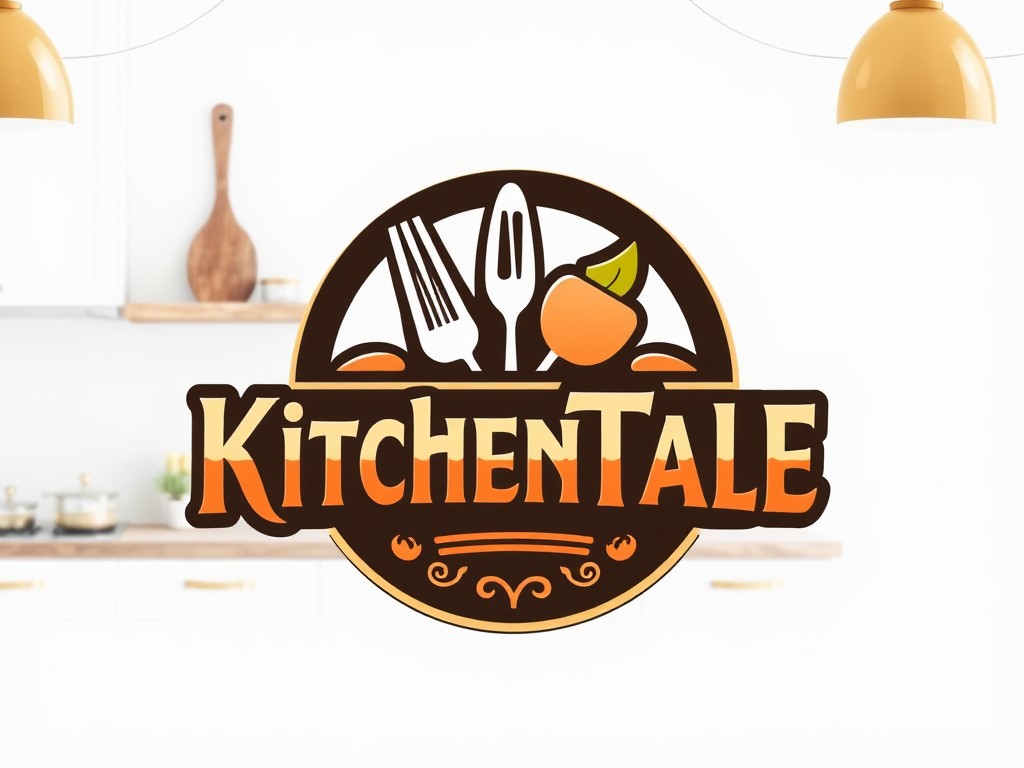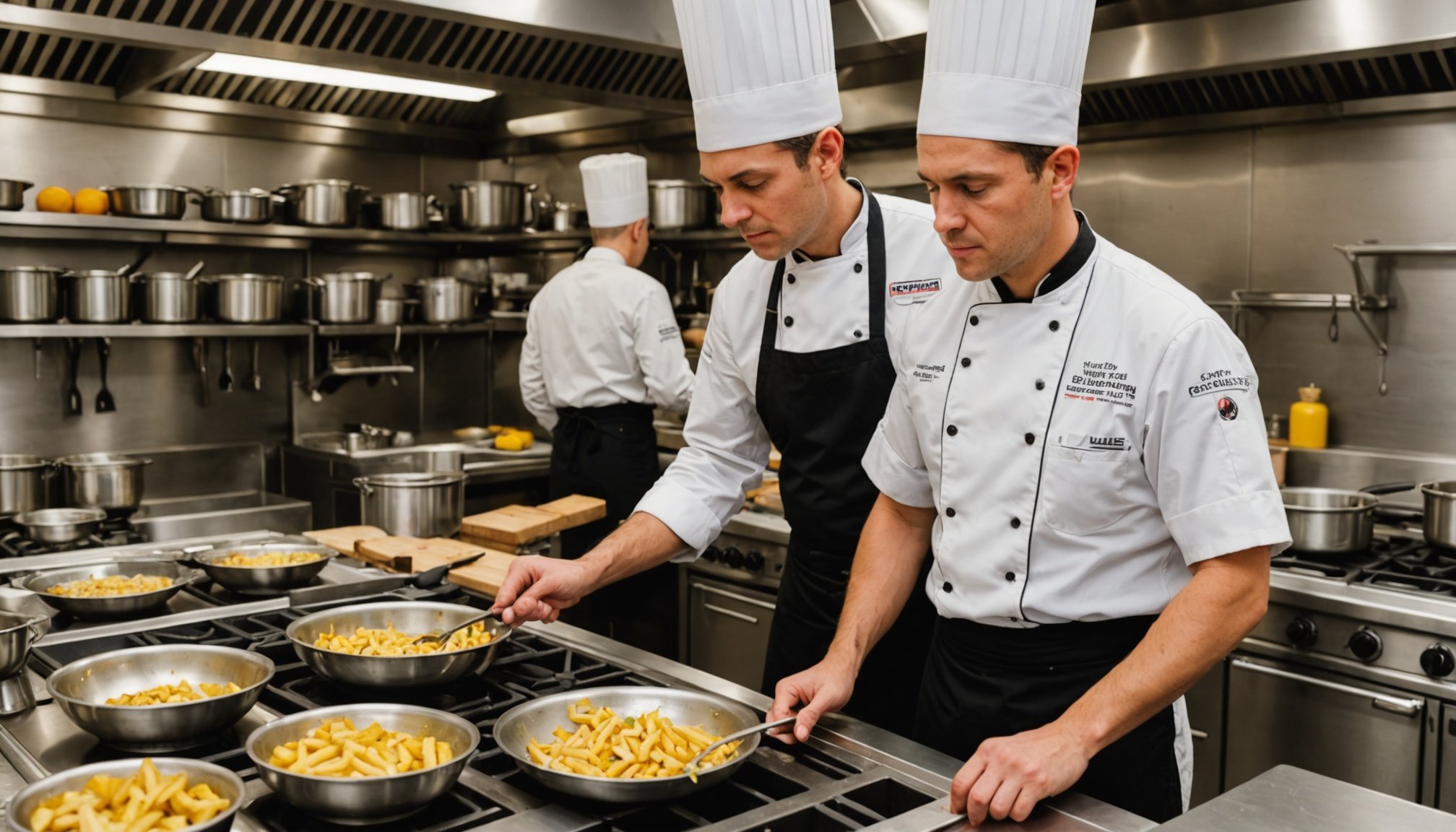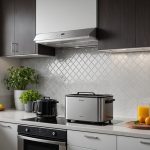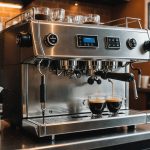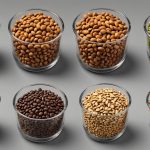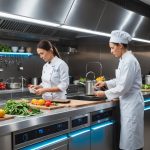High-volume restaurants can strain even the most seasoned chefs, leading to fatigue and reduced performance. Ergonomic kitchen tools are designed to address this challenge, promoting comfort and efficiency during long shifts. By investing in innovative equipment, restaurant owners can significantly reduce physical strain, helping chefs maintain their stamina and creativity. Discover how the right tools can transform kitchen dynamics and enhance culinary experiences for both staff and customers. Unlock the potential of an ergonomic workspace and experience the difference in productivity and morale.
Overview of Chef Fatigue in High-Volume Restaurants
Understanding the dynamics of chef fatigue in high-volume restaurants is crucial. This phenomenon arises from long hours, high stress, and repetitive tasks that chefs endure daily. The constant pressure to maintain speed and quality can lead to both physical and mental exhaustion.
Also read : Discover the Cutting-Edge Biodegradable Packaging Innovations Transforming Take-Out at Eco-Friendly Cafes
Definition and Causes
Chef fatigue is characterized by a decline in energy and concentration, often due to demanding work environments. In high-volume restaurants, chefs face intense workloads, leading to burnout. Factors such as inadequate rest, insufficient breaks, and ergonomic challenges contribute significantly to fatigue.
Impact on Kitchen Efficiency
Fatigue negatively impacts kitchen efficiency. Exhausted chefs may struggle with coordination and decision-making, slowing down service and increasing the risk of mistakes. This can affect the restaurant's reputation and customer satisfaction.
In the same genre : Essential Tips for Installing a Commercial Espresso Machine in Your Cozy Café
- Reduced productivity
- Increased risk of errors
- Lowered staff morale
Staff Wellbeing and Ergonomic Needs
Addressing the ergonomic needs of chefs is essential for their wellbeing. Implementing ergonomic solutions, such as adjustable workstations and anti-fatigue mats, can alleviate physical strain. Prioritizing rest periods and promoting a supportive work environment can also mitigate fatigue.
"A chef's wellbeing is as important as the food they prepare."
By understanding and addressing chef fatigue in high-volume restaurants, establishments can enhance both efficiency and staff satisfaction.
Essential Ergonomic Kitchen Tools
Discover the must-have equipment for chef comfort and efficiency.
Overview of Key Ergonomic Tools for Chefs
In high-pressure kitchen environments, ergonomic kitchen tools are indispensable. They are designed to minimize physical strain and enhance comfort. Essential items include adjustable workstations, anti-fatigue mats, and ergonomic knives. Adjustable workstations allow chefs to maintain proper posture, reducing back and neck strain. Anti-fatigue mats provide cushioning, decreasing foot fatigue during long shifts. Ergonomic knives feature specially designed handles that reduce wrist strain, allowing for more precise cuts.
Features That Enhance Comfort and Reduce Strain
The right ergonomic kitchen tools come with features that focus on reducing strain. Look for anti-slip grips, lightweight materials, and adjustable heights. These elements ensure that chefs can work efficiently without compromising their health. For instance, knives with anti-slip grips prevent accidents and reduce hand fatigue. Lightweight materials make utensils easier to handle, while adjustable heights cater to chefs of different statures.
Comparison of Different Brands and Models
When choosing ergonomic kitchen tools, consider different brands and models. Some popular options include:
- Brand A: Known for durable, lightweight materials
- Brand B: Offers customizable workstation solutions
- Brand C: Specializes in anti-fatigue technology
By investing in quality ergonomic tools, restaurants can enhance chef wellbeing and maintain high kitchen efficiency.
Benefits of Using Ergonomic Tools
Exploring the advantages of ergonomic solutions in the kitchen.
Improved Comfort and Reduced Risk of Injuries
Ergonomic tools in the kitchen significantly enhance comfort and minimize the risk of injuries. By incorporating items like adjustable workstations and anti-fatigue mats, chefs can maintain better posture and reduce physical strain. This setup helps in preventing common issues such as back pain and repetitive strain injuries. As chefs spend long hours on their feet, these tools are vital in promoting a healthier work environment.
Increased Productivity and Efficiency in Busy Kitchens
The use of ergonomic tools leads to increased productivity and efficiency, especially in high-pressure kitchens. When chefs are comfortable, they can focus better and work faster, reducing the time taken to prepare dishes. This efficiency is crucial in maintaining the pace required in busy restaurants, ensuring customer satisfaction and smooth kitchen operations.
Long-term Health Benefits for Culinary Professionals
Investing in ergonomic tools offers long-term health benefits for chefs. By reducing strain and promoting better posture, these tools help prevent chronic conditions that can develop over years of repetitive tasks. This not only enhances the chefs' quality of life but also extends their careers in the culinary field, allowing them to continue their passion without compromising their health.
Cost Considerations and Potential Savings
Evaluating the financial aspects of ergonomic investments in kitchens.
Initial Investment vs. Long-term Benefits
Investing in ergonomic tools for high-volume kitchens may seem costly initially. However, the long-term benefits often outweigh these expenses. High-quality ergonomic equipment reduces the risk of injuries and enhances productivity, leading to potential savings. By minimizing strain and preventing injuries, restaurants can save on medical expenses and reduce absenteeism.
Potential Savings from Reduced Injury Claims and Absenteeism
Adopting ergonomic solutions can lead to significant savings through reduced injury claims. Fewer injuries mean less downtime and lower healthcare costs. This results in a more stable workforce and consistent kitchen operations. Moreover, decreased absenteeism enhances overall productivity, ensuring that restaurants maintain their service quality.
- Injury Reduction: Fewer claims and medical expenses
- Absenteeism Decrease: Consistent workforce presence
- Productivity Increase: Enhanced efficiency and output
Budgeting Tips for High-Volume Restaurants
Budgeting for ergonomic tools requires strategic planning. Restaurants should prioritize essential items that offer the most significant impact. Consider starting with adjustable workstations and anti-fatigue mats, as these provide immediate benefits. Allocating funds wisely ensures that the cost of ergonomic tools aligns with long-term savings, making the investment worthwhile.
User Testimonials and Case Studies
Real-world insights into ergonomic tool effectiveness.
Real-life Experiences from Chefs Using Ergonomic Tools
Chefs across various high-volume kitchens have shared their positive experiences with ergonomic tools. Many report that these tools have significantly improved their daily work life. For instance, Chef Maria from a bustling downtown restaurant noted, "The anti-fatigue mats have been a game-changer, reducing my foot pain and allowing me to focus on my culinary creations."
Case Studies Highlighting Improvements in Kitchen Performance
Several case studies illustrate the tangible benefits of ergonomic tools in enhancing kitchen performance. A study conducted in a New York eatery showed a 25% reduction in preparation time after implementing adjustable workstations and ergonomic knives. This improvement not only boosted productivity but also enhanced overall staff morale.
Feedback on Specific Products and Their Effectiveness
Chefs have provided valuable feedback on specific ergonomic tools. A popular choice, the ergonomic knife from Brand C, received praise for its comfortable grip and precision. Another chef highlighted the effectiveness of Brand B's customizable workstations, which allowed for better posture and reduced back strain.
- Chef Maria: Praised anti-fatigue mats
- New York Eatery: 25% prep time reduction
- Brand C Knife: Comfortable grip and precision
These testimonials and case studies underscore the practical benefits of investing in ergonomic solutions.
Implementing Ergonomic Practices in the Kitchen
Optimizing kitchen environments for efficiency and comfort.
Strategies for Integration
Integrating ergonomic practices into kitchen operations requires thoughtful planning and execution. Begin by assessing the current setup and identifying areas for improvement. Consider the workflow and how ergonomic tools can be strategically placed to enhance efficiency. For instance, positioning adjustable workstations near high-use areas can reduce unnecessary movement and strain.
Training Staff on Tool Usage
Training is crucial for effective implementation. Educate staff on the benefits of ergonomic practices and proper tool usage. Emphasize the importance of maintaining correct posture and utilizing tools like ergonomic knives to prevent injuries. Regular workshops can reinforce these practices and ensure consistent adherence.
"Proper training in ergonomic tool usage is essential for maximizing kitchen efficiency."
Continuous Assessment and Adjustments
Regularly evaluate the effectiveness of ergonomic practices. Gather feedback from staff to identify any challenges or areas needing adjustment. This ongoing assessment allows for fine-tuning strategies, ensuring maximum efficiency and comfort. Consider conducting quarterly reviews to keep the kitchen environment aligned with ergonomic goals.
- Assess current setup
- Educate staff
- Regular evaluations
Implementing these strategies can transform kitchen operations, fostering a healthier, more productive environment.
Expert Advice on Selecting Ergonomic Kitchen Tools
Insights and criteria for making informed choices.
Criteria for Selecting the Right Ergonomic Tools
Choosing the right ergonomic tools is essential for optimizing kitchen efficiency and comfort. Key criteria include durability, functionality, and comfort. Tools should withstand the demands of high-volume kitchens, offering long-lasting performance. Prioritize items with adjustable features to accommodate various user needs, ensuring ergonomic benefits for all staff members.
Insights from Industry Professionals and Ergonomists
Industry professionals and ergonomists emphasize the importance of ergonomic tools in reducing physical strain. According to Chef John, "Investing in quality ergonomic tools is not just about comfort; it's about enhancing productivity and longevity in the kitchen." Ergonomists recommend tools with anti-slip handles and lightweight materials to minimize fatigue. Their insights underscore the necessity of selecting tools that promote both efficiency and health.
Future Trends in Ergonomic Kitchen Design and Tools
The future of ergonomic kitchen design is moving towards increased customization and smart technology integration. Expect a rise in tools with smart features that can adapt to individual preferences and enhance user experience. Innovations in ergonomic tools will likely focus on sustainability, incorporating eco-friendly materials without compromising on comfort or functionality.
- Durability: Long-lasting materials
- Functionality: Adjustable features
- Smart Features: Personalized user experience
These trends highlight the evolving landscape of ergonomic solutions, offering exciting possibilities for kitchen environments.
